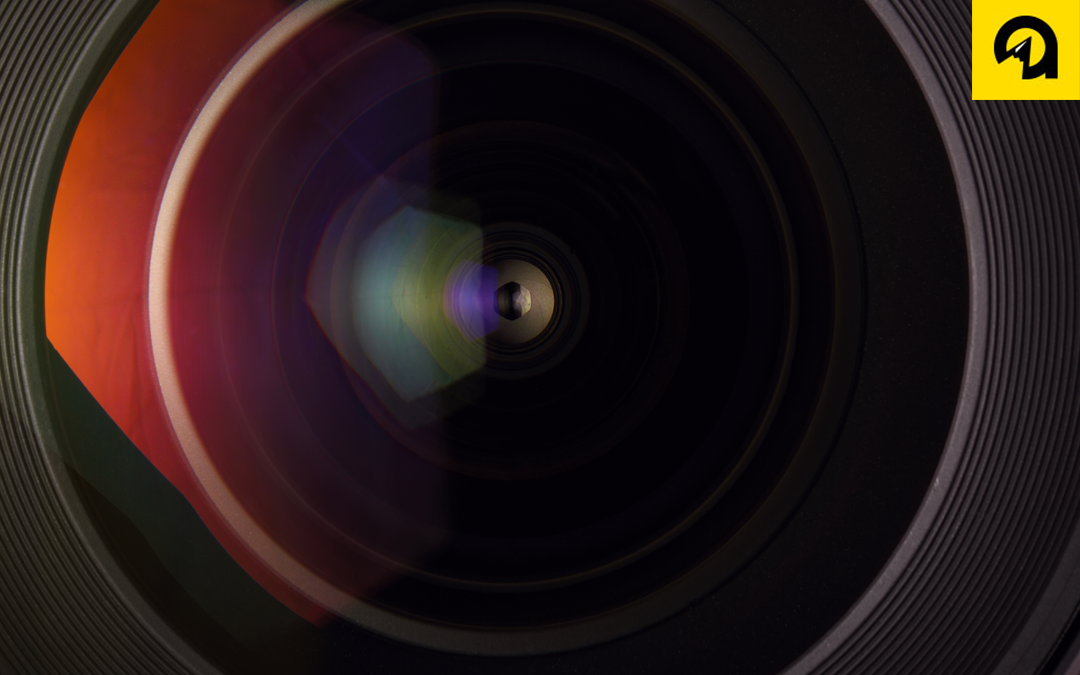By Emily Goetsch: Client Relations Intern
If you’ve ever been asked to do an on-camera interview one of your first thoughts was probably, “But what am I going to wear?” as you started mentally rifling through your closet. This is an important question because appearing confident and professional are keys to captivating your audience during an interview. To help you do just that, here’s a compilation of best practices to help get you camera-ready at a moment’s notice.
To start, let’s begin with your first question: clothing. Personally, when I think about what would be good to wear on camera, my mind immediately goes to black. It’s professional, it’s sleek, it’s sophisticated… what more could you ask for? In reality, however, it’s best to stay away from black because this color absorbs all the light around it, thereby diminishing your appearance. Moving to the next extreme, the color white is also one to avoid on-camera because it can be visually overwhelming to the viewer and come off as blinding. Another color to be wary of is green because, while it’s in the middle of the color spectrum, given the chance your interview is set against a green screen backdrop, you may become little more than a floating neck and head during the interview, which makes the video editing team’s job much more difficult. In sum, neutral tones and light pastels that enliven your skin tone, such as blue, grey and lilac, are going to be definite hit for any professional on-camera.
Closely connected to color choices are patterns. In general, avoid patterns because they can come across muddled on camera. One exception to this rule would be neckties with a wide stripe pattern as long as it’s not placed over a patterned button-up shirt. Also, you’ll want to be careful about the logos and symbols that are visible on your clothing. In general, you should stick to the logo and/or symbols of the company, organization or business being represented in the video or avoid them altogether because you don’t want to be advertising for another brand unrelated to the subject matter.
Another best practice for on-camera interviews is to be mindful of the fabric you decide to wear because materials of a starchier nature can rustle or crinkle when you move and the microphone will pick up on that. In addition, try to be aware of the setting of your interview so you can match the look and tone of the video because what you wear in an office setting will differ greatly from an outdoor setting. If the interview is taking place in a video studio, consult the individual who asked you for the interview about the appropriate attire in relation to the setting. Last, as you begin to assemble your wardrobe, be mindful of the impression your clothes give – timeless vs. outdated, clean cut vs. sloppy – because this impression will translate directly to the brand you’re representing.
Now that we’ve covered clothing, it’s time to think about accessories, such as hair, makeup and jewelry. For all three of these elements, it’s best to wear each as you would naturally. I’d also heed against trying a different hairstyle, cut or color immediately before the interview given the chance you don’t like the new look. In addition, sometimes the studio producing the video will offer hair and/or makeup on set, if the budget allows. When this happens, feel free to take advantage of those services since those professionals know what looks best under lights and in front of cameras. As for jewelry, avoid over-the-top jewelry, which can create unneeded noise and give off a glare under studio lights.
Up to this point, I’ve been a bit general in my best practices, so let’s break it down a little further for women and men when going for a more tailored look.
For women, we suggest the following tips:
- When wearing a free flowing dress, create a waistline with a simple sash or belt to help you appear slimmer.
- Stay away from low necklines, which can translate as unprofessional and detract from your message.
- If you know you will be sitting during an interview, pants may be the better option, but if you decide to wear a skirt or dress, make sure the hemline is below the knee and try to avoid slits.
- Overall, dress in a timeless fashion (a fitted sheath dress or shift dress are two great options) as the interview will probably end up online and be viewed for years to come.
For men, we suggest the following tips:
- Wear well-fitting, lightweight clothes as it can get warm under studio lights. If you tend to perspire, keep a medium-colored handkerchief in your pocket.
- During a standing interview, keep your jacket buttoned – minus the button on the bottom – which will give you a completed look.
- During a seated interview, sit on the edge of your jacket tail to keep it from creating a hunchback look.
- It’s okay to accessorize with items such as lapel pins, tie bars, cufflinks and watches, but limit your selections so you don’t distract the viewer.
When taking all of these decisions into consideration, dressing for on-camera interviews really comes down to being comfortable in your own skin so you can build your confidence and credibility. When in doubt, feel free to bring a few clothing options and the director or producer on the project will be able to steer you in the right direction.
If you have questions regarding on-camera apparel or are looking to make a video that includes interviews, please give us a call at 701-478-1111 and ask to speak with a Marketing Advisor, or contact us at absolutemg.com/contact.

